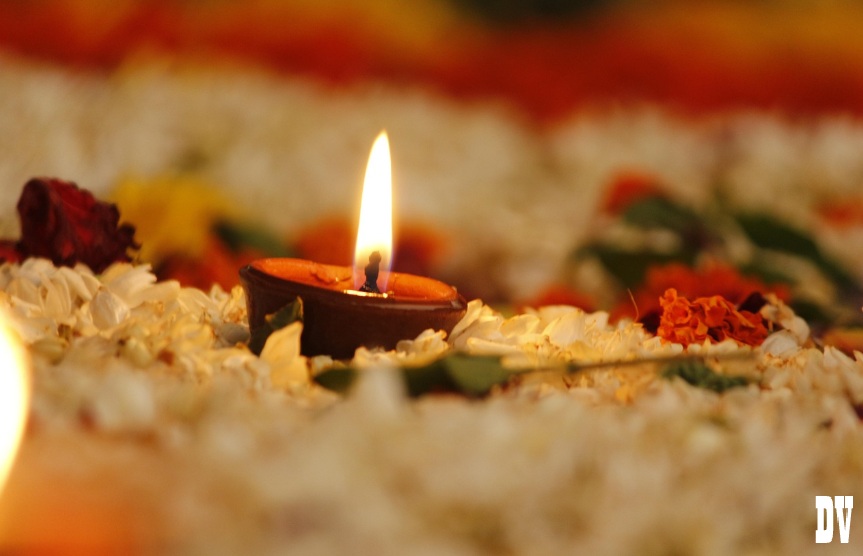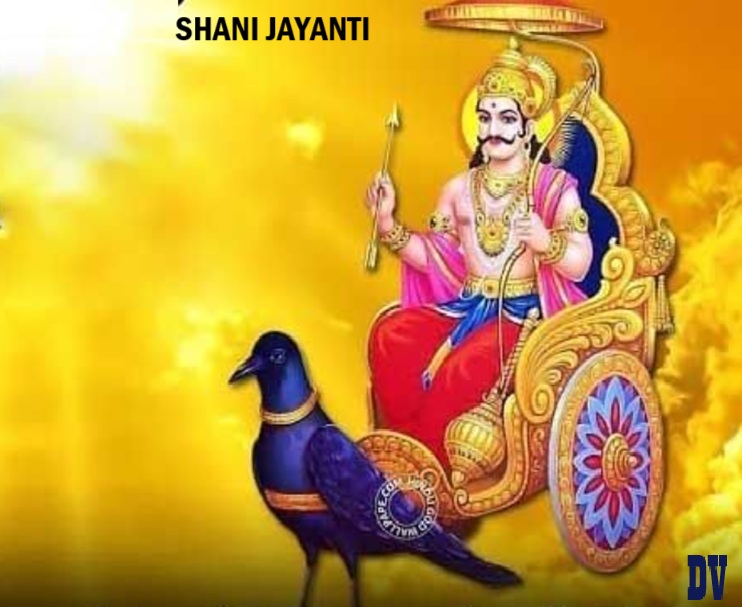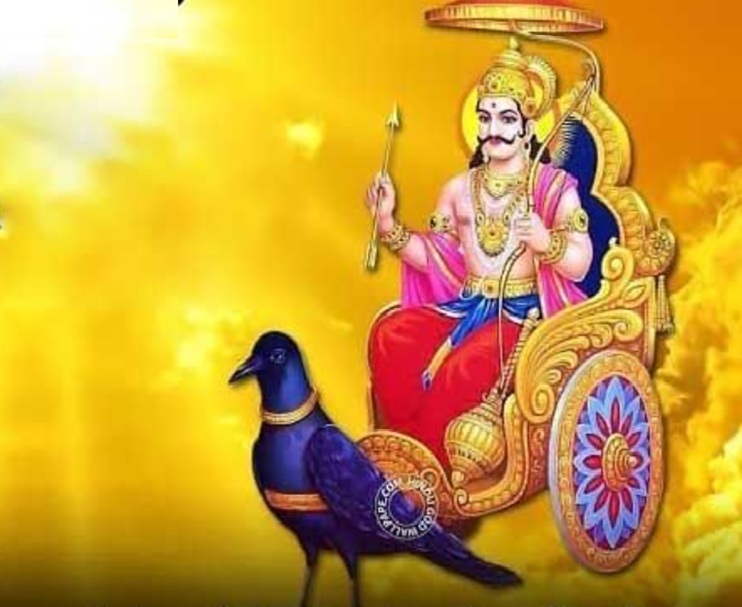Official Website : https://divinenewz.com/
Before I explain about Jyeshtha Amavasya, I think I have to give some brief introduction about Jyeshtha Month so that you will better understand about Jyestha Amavasya.
WHAT IS JYESHTHA MONTH?
Before I explain about Jyeshtha Amavasya, I think I have to give some brief introduction about
Jyeshtha Month so that you will better understand about Jyestha Amavasya.
The word
“Jyeshtha” means
“the eldest” or
“most senior,” and this name is deeply symbolic. Just as the eldest in a family is respected and looked up to, the month of
Jyeshtha encourages
spiritual maturity, responsibility, and purification of the mind and body.
Jyeshtha or Jyēṣṭha (Sanskrit: ज्येष्ठ; Nepali: जेठ jēṭ; Assamese: জেঠ zeth; Odia: ଜ୍ୟେଷ୍ଠ Jyeṣṭha) is a month of the Hindu calendar. In India’s national civil calendar, Jyestha is the third month of the year. Known as Joishtho (Bengali: জ্যৈষ্ঠ Jyôishţhô) in Bengali, it is the second month of the Bengali calendar.
|
If You Need to Know More About Jyeshtha Month- then read our article – JYESHTHA MONTH 2025 |
Jyeshtha
Amavasya, the new moon day in the Hindu month of
Jyeshtha (typically falling in May or June), holds profound
religious and spiritual significance in Hindu tradition. It is a day dedicated to
ancestral worship, spiritual cleansing, and various rituals aimed at seeking
blessings and alleviating negative influences.
In Hinduism, every phase of the moon has
spiritual importance, and the
Amavasya (new moon) holds special reverence for various rituals and observances. Among the
twelve Amavasyas that occur each year, Jyeshtha Amavasya stands out for its deep religious significance. Occurring during the
Jyeshtha month (May–June) in the Hindu lunar calendar, it is a powerful day for
ancestral worship, spiritual cleansing, planetary devotion, and fasting.
WHAT IS AMAVASYA?
Amāvásyā (Sanskrit: अमावस्या) is the lunar phase of the new moon in Sanskrit. Indian calendars use 30 lunar phases, called tithi in India. The dark moon tithi is when the Moon is within 12 degrees of the angular distance between the Sun and Moon before conjunction (syzygy). The New Moon tithi (called Pratipada or Prathama) is the 12 angular degrees after syzygy. Amāvásyā is often translated as new moon since there is no standard term for the Moon before conjunction in English.
UNDERSTANDING THE TERM ‘JYESHTHA AMAVASYA’
The word “Amavasya” is derived from Sanskrit where “Ama” means “together” and “Vasya” means “to dwell.” Amavasya refers to the new moon day, when the Sun and Moon align in the same zodiac and there is no visible moonlight. The month of Jyeshtha is the third month of the Hindu lunar calendar and is typically the hottest month in India. Hence, Jyeshtha Amavasya is the new moon day in the Jyeshtha month.
Jyeshtha Amavasya marks the no-moon day (Amavasya) in the month of Jyeshtha, the third month of the Hindu lunar calendar. This day is considered highly auspicious for performing rituals to honor ancestors, known as ‘Pitru Tarpan’ and ‘Shraddha’. It is also associated with various other religious observances and is believed to be a time when the spiritual realm is more accessible to the living.

RELIGIOUS AND CULTURAL SIGNIFICANCE
i. Ancestral Worship (Pitru Tarpan)
MYTHOLOGICAL BACKGROUND
i. The Story of Savitri and Satyavan
RITUALS AND TRADITIONS
i. Tarpan and Pind Daan– Pind Daan involves offering rice balls as food to ancestors.
– These rituals are typically performed on riverbanks or sacred ponds.
– Offerings include soaked chana, jaggery, and milk.
– This is done for marital bliss and protection of husbands.
– Donating food, clothes, umbrellas, footwear, and water pitchers earns immense merit.
– Feeding cows, dogs, and crows is symbolic of nourishing all life and ancestors.
ASTROLOGICAL IMPORTANCE
i. Lunar Influence– Lights til (sesame oil) lamps under a Peepal tree.
– Offers black clothes, mustard oil, and iron.
– Recites Shani Stotra, Hanuman Chalisa, and Shani Gayatri Mantra.
REGIONAL OBSERVANCES
i. Northern India– Emphasis on ancestral rituals and Vat Savitri Vrat.
– Families gather near rivers to perform Tarpan and Pind Daan.
– Observances are more focused on Shani worship and fasting.
– Tarpan is also observed near water bodies.
– Vat Savitri is observed widely by women.
– People visit Shani temples and perform daan.
SCIENTIFIC AND ENVIRONMENTAL INSIGHTS
– Fasting allows the digestive system to rest and detoxify.
– Ritual baths help promote personal hygiene and health.
– Fasting Feeding animals encourages compassion and ecological balance.
DO’S AND DON’TS ON JYESHTHA AMAVASYA
D0’s:– Perform Tarpan and Shraddha for ancestors.
– Observe fasting and meditation.
– Donate generously to the poor.
– Recite mantras and stotras.
– Worship Lord Vishnu, Lord Shiva, and Lord Shani.
– Refrain from non-vegetarian food and alcohol.
– Avoid anger, ego, and arguments.
– Don’t disrespect elders or ignore ancestral rites.
– Avoid cutting nails, hair, or trees.
PSYCHOLOGICAL AND SPIRITUAL RELEVANCE
– Regular observance can bring emotional closure, especially in cases of unfulfilled relationships with departed family.
– •It is a powerful time for self-reflection, letting go of grudges, and forgiving others
CONCLUSION
Whether it is through the story of Savitri, the justice of Shani Dev, or the remembrance of ancestors, Jyeshtha Amavasya reminds us of the eternal cycle of life, death, and rebirth—and the power of intention in shaping our destiny.
WRAPPING UP
It is a day that emphasizes healing, ancestral honor, and spiritual progress, The day provides an opportunity to align with the universe’s subtle energies, cleanse past karmas, and invite blessings for a peaceful and prosperous life.
You still have any question, feel free to ask me via comments or via email.
Don`t forget to share what you like here on Youtube, Facebook, Instagram with your friends and family.
At DivineNewz, a spiritual and temples news related information providers, is working on the project to work for religion and information about the temples to share with you to bring new ideas about spiritual and religious world.
Get in touch with DivineNews by contacting by divinenewz6@gmail.com/ For more information, please visit: https://www.divinenewz.com

ARTICLE WRITTEN BY:
Divinenewz is a firm Working very proficiently for sharing the divinely knowledge, darshan and pilgrim details and many more in spiritual field. If you have any unique temple and divine place around the globe, then contact us at divinewisdom0608@gmail.com, divinenewz6@gmail.com, or
For more information, please visit:
https://www.divinenewz.com



One thought on “What Is Jyeshtha Amavasya And Why Is Jyeshtha Amavasya Important?”